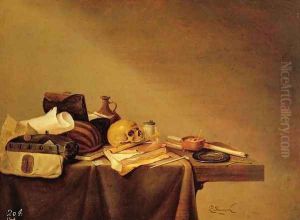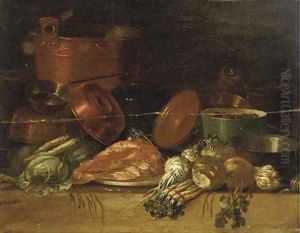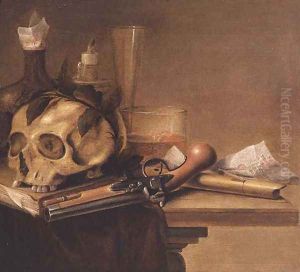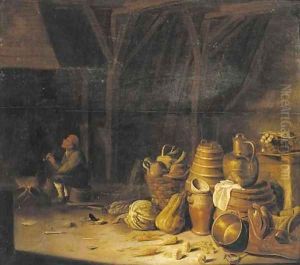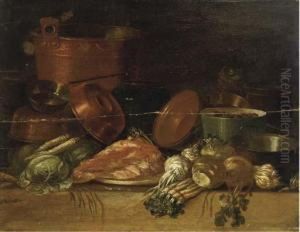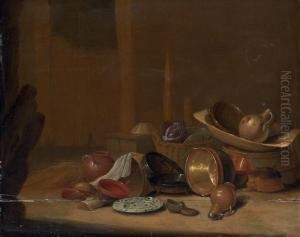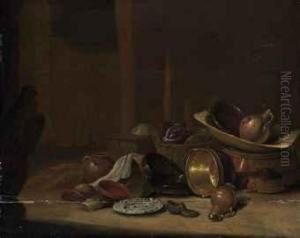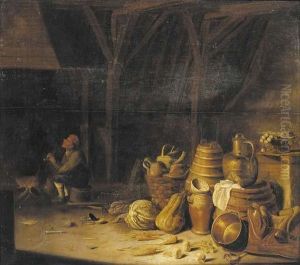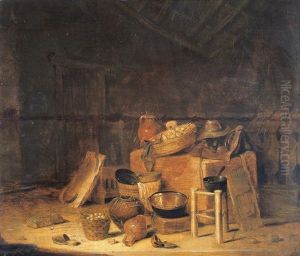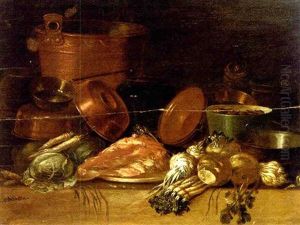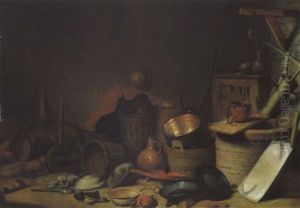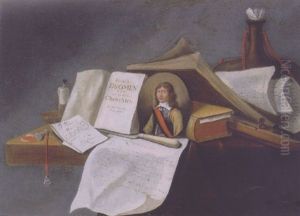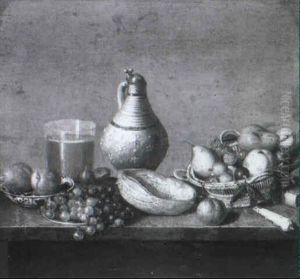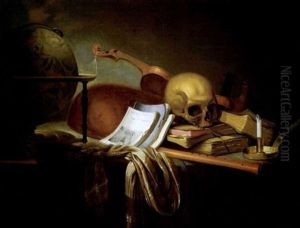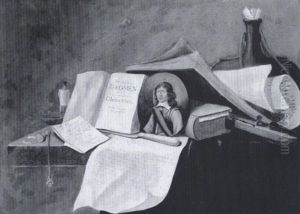Pieter van Steenwyck Paintings
Pieter van Steenwyck was a Dutch Golden Age painter, known predominantly for his still-life works, especially those depicting vanitas themes, which are symbolic still lifes that contain references to the transience of life. Born in the year 1615 in the city of Delft, Netherlands, he was part of a period in Dutch art where still life painting flourished, reflecting both the wealth and the philosophical concerns of the time.
Van Steenwyck's work is characterized by its fine detail, careful composition, and often somber meditation on mortality. Vanitas paintings typically include symbols such as skulls, extinguished candles, and wilting flowers to remind viewers of the inevitability of death and the futility of worldly pursuits. His paintings often contained these elements, along with others such as books, musical instruments, and hourglasses, all of which underscore the temporary nature of human endeavors.
Not much is known about Van Steenwyck's life, as is the case with many artists of the era. He is believed to have been active in the art scene primarily in Leiden and Haarlem, and his last known work dates to around 1656. His death is not precisely recorded, but it is generally assumed that he died shortly after his last known work was completed.
The scarcity of biographical details notwithstanding, Pieter van Steenwyck's contributions to the Dutch Golden Age of painting are recognized through the small but significant body of work he left behind. His paintings can be found in various art museums and collections around the world, serving as enduring examples of the vanitas tradition in European art.
